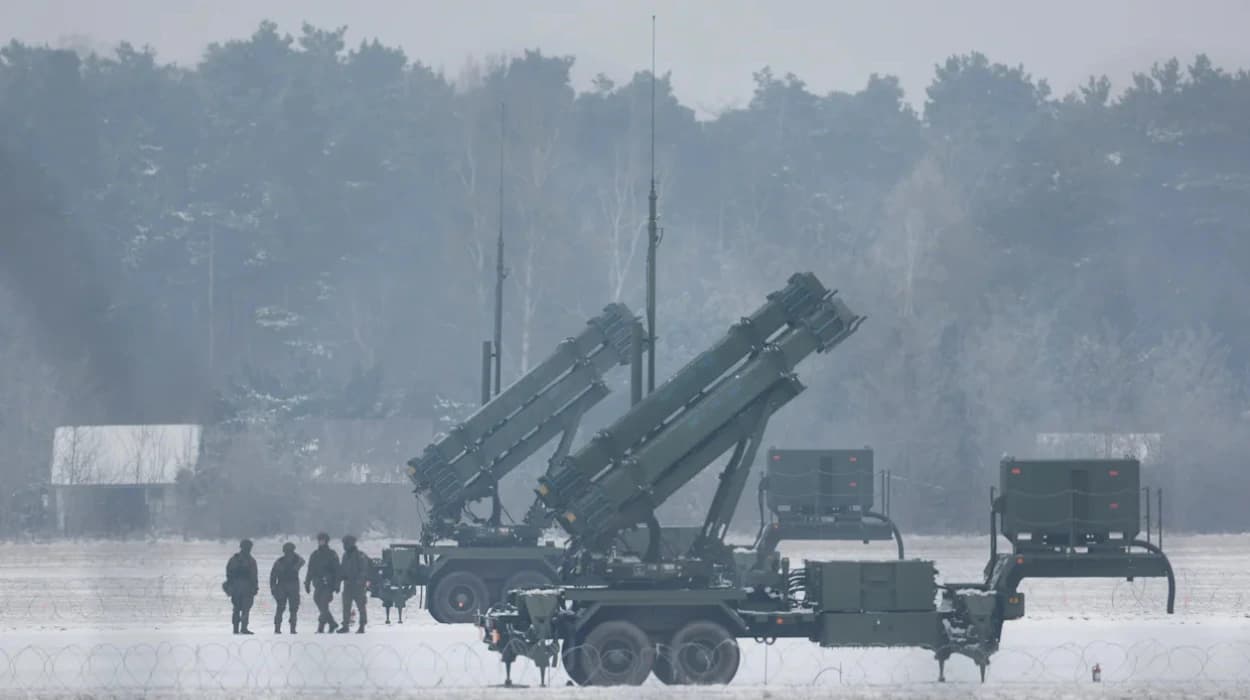Summary
- Europe may spend billions on U.S. arms for Ukraine.
- Payments needed despite efforts to boost their own defense.
- The U.S. sells weapons to Europe, who finances Ukraine aid.
- Europe procures more military aid through industry contracts.
In light of this, Europe may have to spend up to $90 billion to secure U.S. support in order to prevent another Russian invasion of Ukraine, which is a clear example of Trump's "transactional" diplomacy.
“No matter what form this takes, the Europeans are going to have to take the lion’s share of the burden,”
Vance said.
“It’s their continent, its their security and the president has been very clear — they are going to have to step up here.”
However, none of these is likely to occur. Since President Trump and Vladmir Putin met in Alaska on August 15, Russia has resisted the concept of Western troops in Ukraine, claiming that it would require a security guarantee, which Kyiv knows is impossible.
However, the idea of Europe footing the bill to keep the U.S. on board triggered a sharp reaction from one European leader.
“Even in the worst nightmare, I cannot imagine Slovakia buying some weapons in the United States and then sending them for free to the front in Ukraine,”
said Slovakia’s Prime Minister Robert Fico.
One issue facing EU officials is that the U.S. arms purchase may undermine efforts by the group to increase funding for its own defense sectors, develop a domestic military, and wean itself off of reliance on U.S. weapons.
Investments in European goods are given priority under the EU's new SAFE initiative, which offers member states €150 billion in loans to spend on defense.
When questioned this week about the EU purchasing American weaponry, a European Commission spokesperson avoided the subject by claiming that it was not discussed during the August 18 meeting between European leaders and Trump in Washington.
“I would not have a specific comment on it,”
she said.
“In general you know the effort we are bringing forward to maintain support for Ukraine, also military support, and also our SAFE program and how we are trying to integrate our industries and advance defense spending and innovation together with Ukraine.”
Yohann Michel, an analyst with the French IESD think tank, said Europe had no choice but to pay the U.S. in the short term.
“Most of the weaponry needed comes from the U.S., like Patriot. If we don’t produce it, we need to pay,”
he said.
“We need Ukraine to resist. If it falls, European security is threatened. If the way to avoid that is to pay the U.S., it has to be done in the short term. After all, it is what Europe has been doing for 80 years. Ninety percent of countries buying the F-35 will admit they are buying U.S. security. Now it becomes a more open transaction with Trump.”
Christian Mölling, senior advisor at the European Policy Center, said Europe was avoiding discussion about the billions that could be paid to the U.S.
“My impression is that people are avoiding this debate until we know if the security guarantees are actually put into place,”
he said.
Mölling added that Europe would have little choice but to pay.
“There is no alternative to Patriot batteries,”
he said.
“I don’t think we would see Brussels handing over a $90 billion check to the U.S., but a number of smaller payments would be made.”
How would European financing of US arms change NATO burden-sharing?
European NATO members paying billions to buy U.S. weapons for Ukraine will increase their financial contributions toward collective defense. This may improve Europe’s share of NATO defense spending in purely financial terms, which has long been a contentious issue with the U.S. urging Europe to spend more.
While Europe finances U.S. arms purchases, it continues relying heavily on U.S. military technology and production capacity. This delays Europe’s progress toward defense industrial autonomy and strategic independence, as Europe does not spur its domestic arms industry as quickly by buying primarily American weapons.
The U.S.-financed arms support to Ukraine buys Europe time to build up its own defense production capabilities and modernize forces, theoretically strengthening a “European pillar” of NATO in the longer term.

